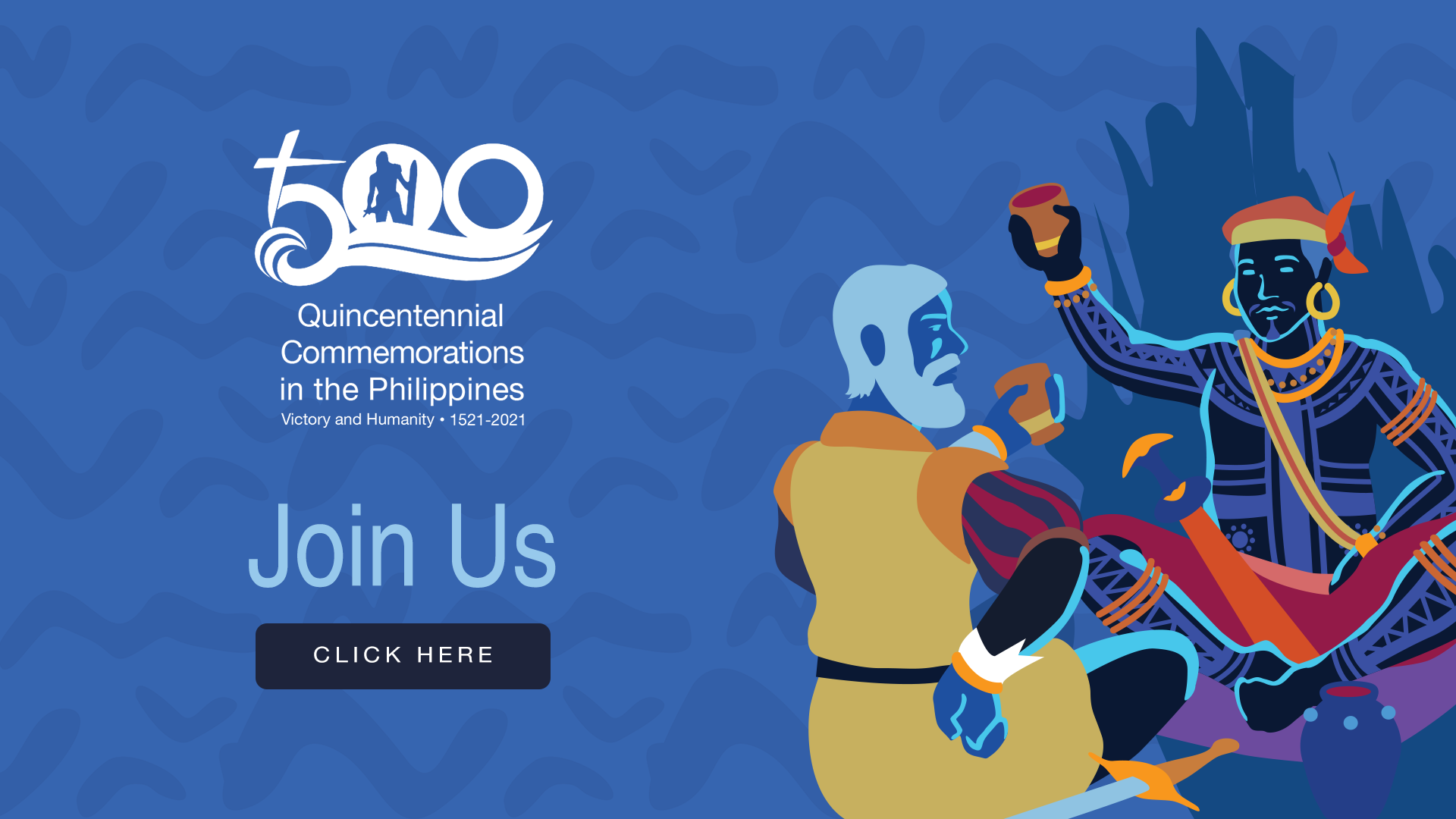The 2014 Young Historian Prize Awardee George Emmanuel Borrinaga of Palo, Leyte (sic, Tacloban), son of my good friend and fellow historian Rolando Borrinaga, taught the Filipino people something lately. He was able to decipher some mysterious things Antonio Pigafetta, the chronicler of the Magellan-Elcano expedition, recorded about this very island where we are at now, Homonhon. According to him, the reason why Homonhon was described by Pigafetta as uninhabited was that the island was sacred land for the dead, and at the same time the abode of the Supreme God of the ancient Waray people whose name was Makapatag. The young Borrinaga further pointed out that the Spaniards recorded Visayan folklore in the 16th century which says that all human beings, whether fair, dark or white, were brethren and would all come together in the Visayas and coexist.
Surprisingly, the ancient Warays of Suluan, a nearby island from here, also part of Guiuan, discovered in this island of Homonhon the skinny, deprived of nourishment, dehydrated, and almost dying crew of Ferdinand Magellan. On March 16, 1521, our ancestors from Suluan already saw their ships. The following day, March 17, 1521, these unfortunate foreigners landed in Homonhon, unconscious how sacred the land was, and enjoyed the freshwater there, a wild boar, and, most likely, fruits. Then the next day, March 18, 1521, our ancestors landed in Homomhon with their grandly decked chief and signaled friendship. Magellan thought these people from Suluan would attack them. They could not understand each other at first yet our ancestors understood the language of humanity. Pigafetta may not have captured the nuance of this gesture and the symbolism of Homonhon to our ancestors, but what our ancestors exhibited is typically Filipino. We call it pakikipagkapwa in Filipino psychology or the sense of seeing someone as an extension of yourself. It’s a uniquely Filipino value worthy of celebration this 2021 Quincentennial Commemorations in the Philippines—and it all happened here in Homonhon.
Unfortunately, a lot of Filipinos, as well as foreign nationals, do not know this episode in the history of the first circumnavigation of the world. We are glad that today, we are marking that episode through this historical marker we are about to unveil. This marker shall be a perpetual reminder to those who will visit this place of our heritage of compassion which we are known at. 500 years later, things have changed but not the kind of compassion we have inherited from our great ancestors. Be conscious of the beautiful things about our culture, and it is as if our ancestors are enshrined deep in our hearts and in our souls. And with this, surely we will get to where we want to go and what we want to be, as an individual, a family, a community, a society, a country.

Dr. Rene R. Escalante is the Chairperson of the National Historical Commission of the Philippines and concurrently the Executive Director of the National Quincentennial Committee. He delivered the message during the unveiling of the Homonhon Quincentennial Historical Marker, Homonhon Island, Guiuan, Eastern Samar, 17 March 2021.


